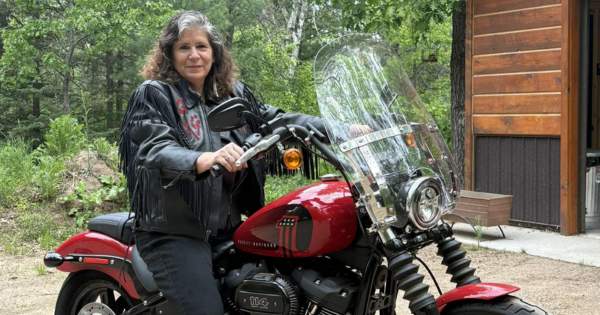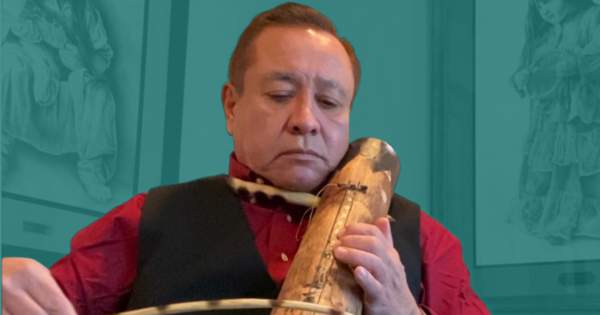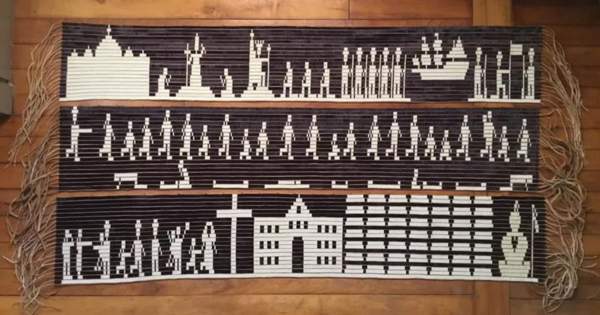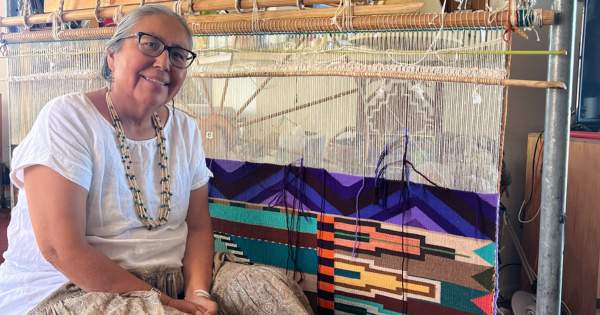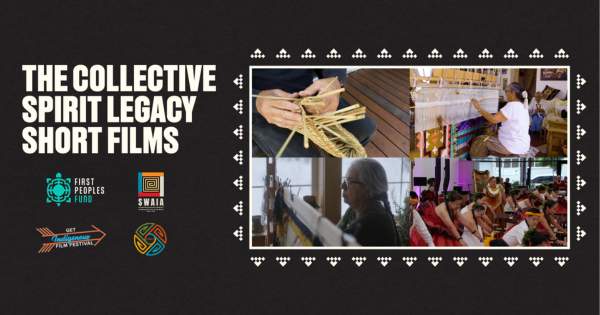
What it Means to Change the World
By Sarah Elisabeth Sawyer (Choctaw Nation), Artist in Business Leadership Fellow 2015
“I expect you to change the world.”
Mary Bordeaux’s (Sicangu / Oglala) father spoke those words to her at her high school graduation. At the time, Mary, who joined FPF as program manager for fellowships earlier this month, had no idea how she could change the world. It weighed on her, an impossible expectation.
It wasn’t until years later that Mary understood her dad’s statement. When her oldest son Austin was born and looked into his eyes, she realized she was his whole world at that time. Did Mary’s dad mean she was to change the world or to change her world?
“I started to think of it as a statement of empowerment,” Mary said. “That I need to change how I interact with the world and how the world interacts with me. That’s what I need to be changing.”
Mary decided from then on to try harder, to push herself, to leap.
“First Peoples Fund’s entire board and staff are thrilled to welcome Mary to our team,” said Lori Pourier, FPF’s president and CEO. “We have worked with Mary on Pine Ridge and through a variety of programs for many years. The breadth of her knowledge and experience with Native art and artists is already fueling our programs in exciting ways.”
Born and raised on the Pine Ridge Reservation, Mary moved to Santa Fe in 1998 to attend the Institute of American Indian Arts where she earned her bachelor’s degree in museum studies. Being at IAIA let her be around art, let it envelop her, to take classes but not be an artist yet.
“I wish I could be an artist, but my skin’s not thick enough,” Mary said. “So I do my best to support artists and art in the best way I know how.”
After graduation and an internship at the National Museum of the American Indian in Washington, D.C., Mary came home to Pine Ridge. She found a job at The Heritage Center at Red Cloud Indian School.
“It was supposed to be a one-year position, and I ended up staying ten years,” she said with a laugh. She worked in all capacities at the museum, eventually leaving as interim director.
Mary gained her Master’s of Fine Arts in exhibition planning and design from the University of the Arts in Philadelphia while still working for The Heritage Center from afar.
After she came home, Mary eventually moved to the Indian Museum of North America at the Crazy Horse Memorial in the Black Hills. She became the museum curator and director of cultural affairs where she helped develop and expand their artist programs.
In 2016, she shifted focus to begin working on her doctorate at St. Mary’s and also take her accumulated knowledge to open an art gallery, Racing Magpie, with her husband, Peter Strong. Racing Magpie, founded in 2016, is an Indigenous art gallery and artists space in downtown Rapid City. That became a place where Mary could fulfill her heart’s desire to work with artists.
“It’s so humbling to be a part of,” she said, “working in museums, in collections, and giving access to communities and artists so they can see art created by their ancestors. I want to be here as a helper.”
Mary has seen the power of art to heal, and how it draws old and young people to one another, people with different political and socio-economical backgrounds. It brings people together who wouldn’t connect if they weren’t in front of or interacting with art.
“It gives people the opportunity to have dialogue with each other,” Mary said. “I want to be there to facilitate art and to help it do its job. Sometimes artists have a hard time communicating their message to the rest of the world. I want to help the world understand what artists are saying.”
Having witnessed the work of Lori Pourier (Oglala Lakota) and First Peoples Fund for many years, Mary was excited to move into the position of program manager for fellowships earlier this month.
“I have such a desire to work with artists, to help them amplify their voices,” she said. “I couldn’t think of a better place to do that than with First Peoples Fund as their program manager for fellowships. I get to work directly with artists. They spend so much time being such great artists; I want to help them be better at the business side of things, giving them more brain power or energy to spend on their art. First Peoples Fund gives me the opportunity to do that.”
With her husband managing Racing Magpie, Mary still sees herself continuing to curate shows that push boundaries, that won’t be the romantic view of who Native people are, exhibitions that talk about current issues.
“I’m interested in interactive art that people can experience,” she said. “It doesn’t happen a lot in our area. I’m excited to have a space where artists can do that.”
Thovugh Mary still doesn’t claim the title of “artist,” she has found herself changing the world for Native artists and others. Her oldest son is now a junior at the IAIA in Santa Fe, and she spends as much time as possible with her youngest son, a creative eight-year-old. They build projects together as she teaches him about his world.
“I expect you to change the world.”
“I always work to do things that are going to empower Native people,” Mary said, “and so that my sons see that you can be Native in this world and be good at things and be okay even if you’re uncomfortable. That’s what that statement from my dad has come to mean.”

